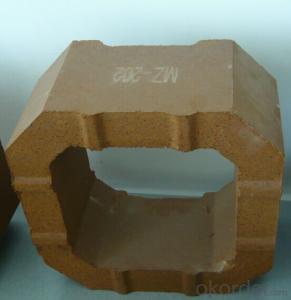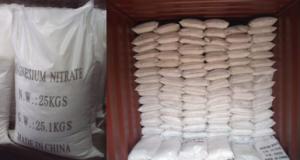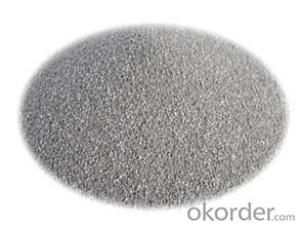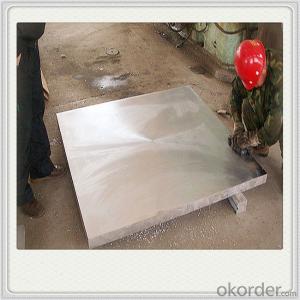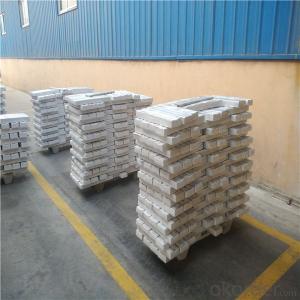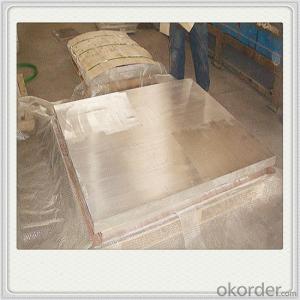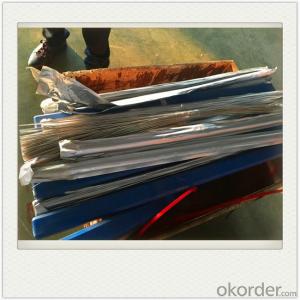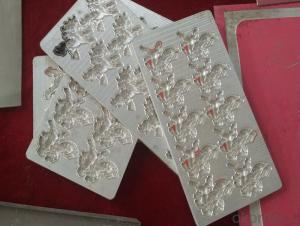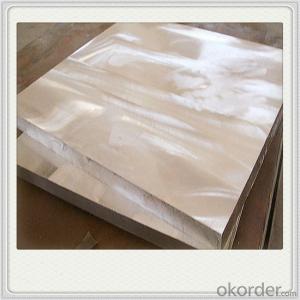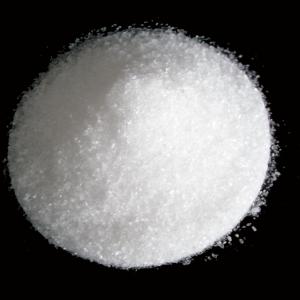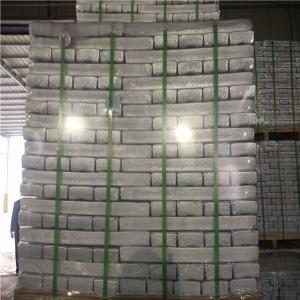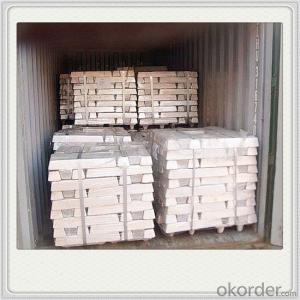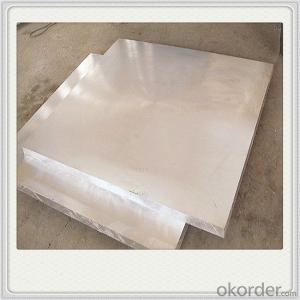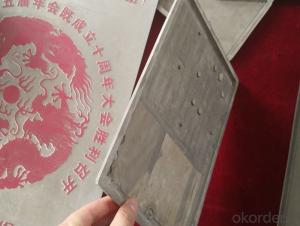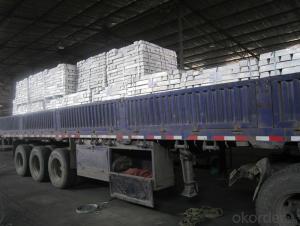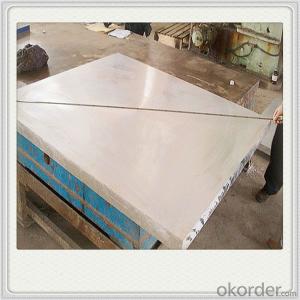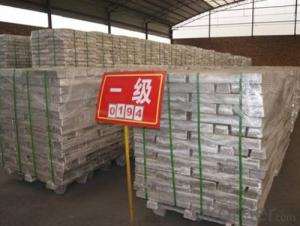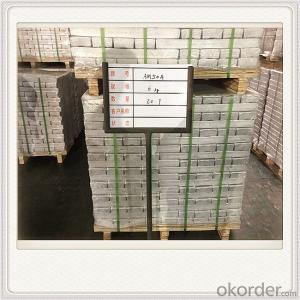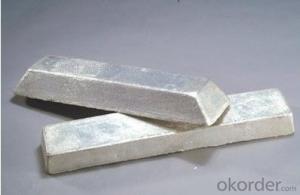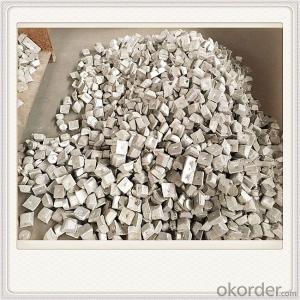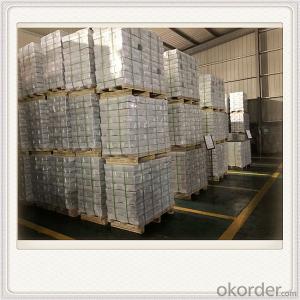Us Magnesium
Us Magnesium Related Searches
Mn Magnesium Magnesium China Msds Magnesium Magnesium Metal Magnesium Msds Magnesium Welding Wire Magnesium Alloy Magnesium Powder Canada Magnesium Metal Powder Magnesium Foils Magnesium Pellets Magnesium Turning Magnesium Turnings Pidgeon Process Magnesium Magnesium Production Process Magnesium Metal Ribbon Magnesium Sheet Msds Sheet For Magnesium Magnesium Shavings Magnesium Sulphate Magnesite Powder Etching Magnesium Plate Hydrated Magnesium Silicate Magnesium Bicarbonate Pidgeon Process Magnesium Production Magnesium Oxide Board Suppliers Canada Magnesium Anode Water Heater Magnesium Silicate Solubility Magnesium Oxide Cement Recipe Magnesium Anode Rod For Water HeaterUs Magnesium Supplier & Manufacturer from China
Us Magnesium offers a diverse range of magnesium products, including magnesium ingots, magnesium alloys, and magnesium powder. These products are widely used in various industries such as automotive, aerospace, and chemical manufacturing. They are known for their lightweight, high strength, and excellent thermal conductivity, making them ideal for applications where weight reduction and high performance are crucial.The usage scenarios for Us Magnesium products are extensive, encompassing everything from die-casting to metalworking and even additive manufacturing. They are particularly favored in the automotive industry for their ability to reduce vehicle weight, thereby improving fuel efficiency and reducing emissions. In aerospace applications, magnesium alloys are used for their strength-to-weight ratio, enhancing the performance of aircraft and spacecraft. Additionally, magnesium powder is utilized in the chemical industry for various reactions and processes.
Okorder.com is a leading wholesale supplier of Us Magnesium products, boasting a substantial inventory that caters to the needs of various industries. Their commitment to quality and customer satisfaction ensures that clients receive the best possible products for their specific applications. With a wide range of magnesium products available, Okorder.com is the go-to source for businesses looking to incorporate Us Magnesium into their manufacturing processes.
Hot Products





